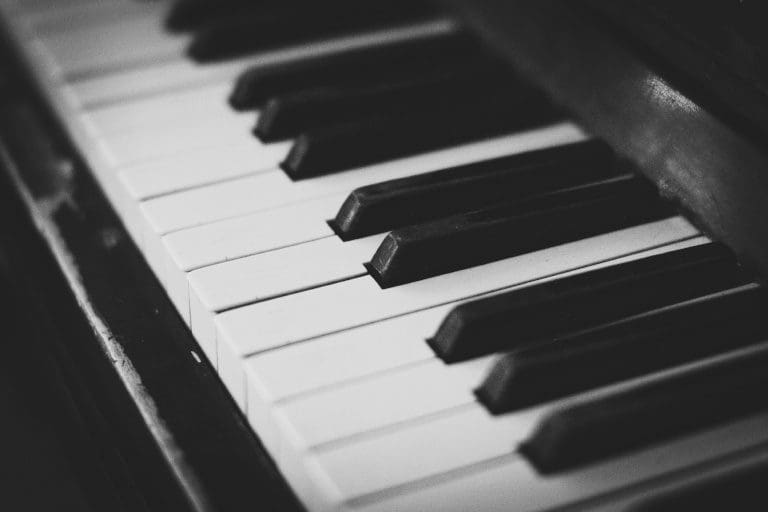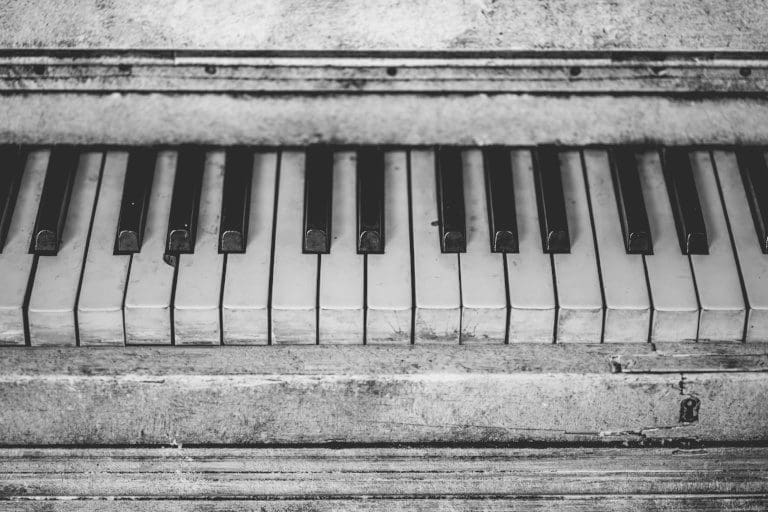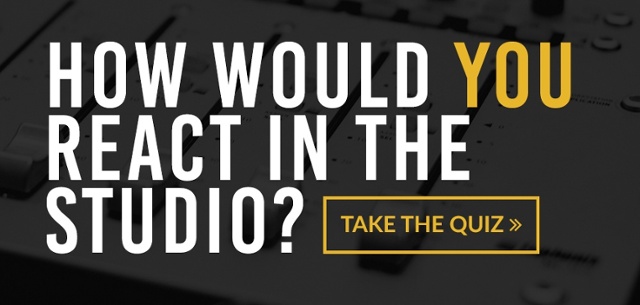
Greetings from Blackbird Studio and The Blackbird Academy!
The acoustic piano is one of the most wonderful instruments we get the pleasure to record. Invented in about 1700 for the Medici family, the piano is technically a percussion instrument since padded hammers strike its strings. In the fabulous Hornbostel-Sachs system of musical instrument classification, it’s a chordophone, a fixed-length stringed instrument. The potential energy of the stretched strings is on the order of seven tons!
There are many styles of these magnificent instruments, varying in size and shape, from concert grands to baby grands and uprights to spinets. What sets the piano apart from its predecessors, the clavichord and the harpsichord, is that it’s louder and touch-sensitive. Piano is short for pianoforte (or fortepiano), with piano meaning soft and forte meaning strong in Italian.
The wide dynamic range of the piano is one of the factors that make it difficult to record, in addition to its sheer size, harmonic complexity, and frequency bandwidth. Its 88 keys (seven octaves plus a minor third) cover the entire audible harmonic spectrum.
Microphone Choices and Methods
And so, how do we go about recording this beast? As you might imagine, there are various approaches, as there are different individual instruments, players, and genres. As always, the process begins with envisioning the sound you’re looking for and its musical role. Do we want it to sound natural, as if we were in a concert hall or a smaller room with it? Do we want it larger than life and up close, or do we want to transform it into something abstract?
“…microphone placement is vitally important, and you have to use your ears to find the spots that work…”
More naturalistic recording methods include a stereo pair of microphones (or a stereo mic) at some distance from the piano. The farther away, the more room ambiance. Typically I position them at about the center of the piano and anywhere from just inside the lid to twenty feet away. Good choices in these applications include a pair of large or small-diaphragm condensers, a Blumlein stereo ribbon mic, and even a binaural head! Any classical stereo placement techniques work well: X/Y, NOS, ORTF, Blumlein, etc.
Click here to read about recording bass.
I’ve also had some success with a pair of AKG 414s or other LDC’s over the player’s head, pointing more at the hammers for percussiveness or more into the case for harmonic richness. We often close mic the piano for rock or pop music, hanging the mics on stands over the strings. Techniques might include a large-capsule mic, perhaps positioned where the bass and midrange strings cross, and a small capsule mic or XY pair (two cardioids at 45 degrees) over the treble strings. Earthworks makes a PianoMic system that works very well.

As always, microphone placement is vitally important, and you have to use your ears to find the spots that work — moving a microphone an inch or two or angling it can make all the difference. The closer to where the hammers hit the strings, there’s more attack (for obvious reasons), and place it closer to the center of the strings for more fullness. The close mics might be augmented by a room mic or two to give the option of adding ambiance.
A common mistake is micing too close, such that the mics hear an overly small area of the instrument, giving an unbalanced capture. Close micing with a stereo ribbon or condenser is also very effective (and mono-compatible). I love the AEA R88 or Royer SF-12/24 in this application.
When close micing a piano, often I will add a small capsule condenser such as a Neumann KM84 in the second soundhole from the player, literally a 1/4″ over the soundboard. It can lend a very solid and hard-sounding midrange, especially when heavily compressed, for that “Lady Madonna”-like sound.
“A common mistake is micing too close, such that the mics hear an overly small area of the instrument, giving an unbalanced capture.”
PZM’s and other boundary mics work extraordinarily well for piano too, including putting one under the piano and one or two taped to the bottom of the lid (with drafting/console tape so as not to leave residue). Try reversing the polarity of one of the microphones, since they hear the soundboard of the piano from either side. PZM’s also work wonderfully for upright pianos, possibly just by taping them to the wall behind the instrument.
Experimental Techniques
Then there are the unusual and experimental approaches to piano recording. Dynamic microphones such as SM57’s and EV 635 “hammers” can capture a rocking sound. Deliberate overcompression is fun on pianos, the Fairchild 670 being an old favorite. A piece of paper or a woodblock resting on the strings can give a buzzy or percussive sound. On an inexpensive upright, thumbtacks in the hammers or “prepared piano” treatments such as bolts and washers in the strings can give a variety of interesting noises. Distortion, delay, equalization, and Leslie rotating speakers on pianos can all be big fun — they are, after all, stringed instruments.
Final Thoughts
A few other notes regarding piano recording: a grand piano’s sound changes if the lid is on a short stick, long stick, closed, or off. If the pianist is also singing, an sE Relexion Filter can help with separation. If you’ve got other instruments in the room, try moving them closer to the piano. The leakage will sound better and be less likely to wash instruments out by making them sound overly distant.
As ever, the key is to experiment, listen, and check the sound in whatever context it will end up. Keep in mind that the full-range sound you might want for a solo piano recording might be too much for an overdub in an already thick track. Different results require different tools and applications.
Have fun!

